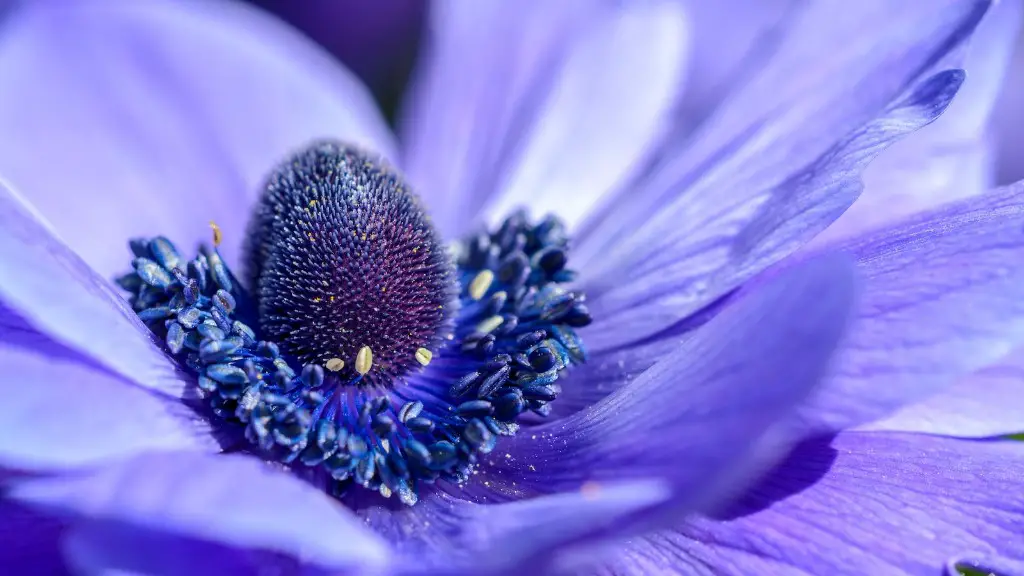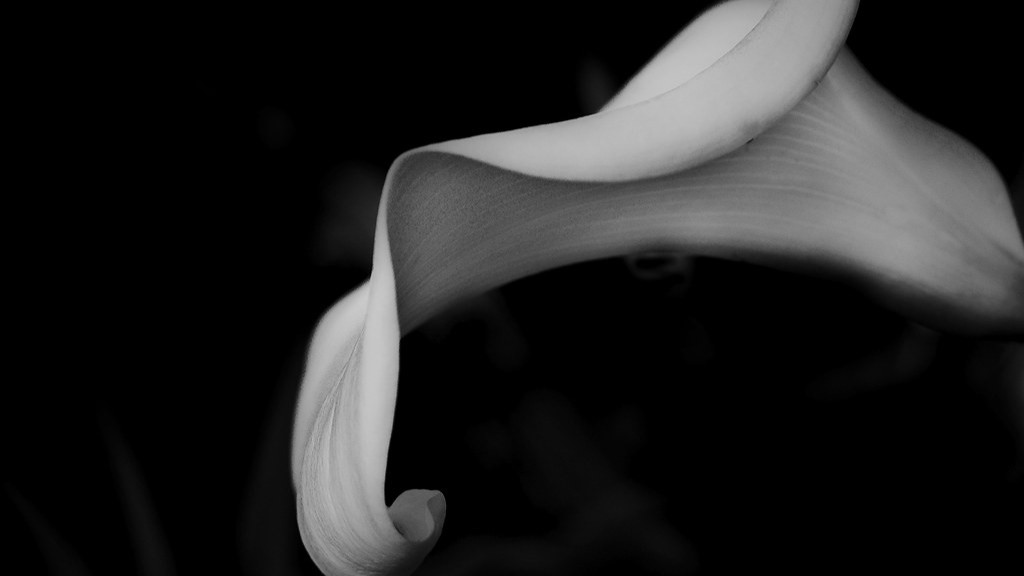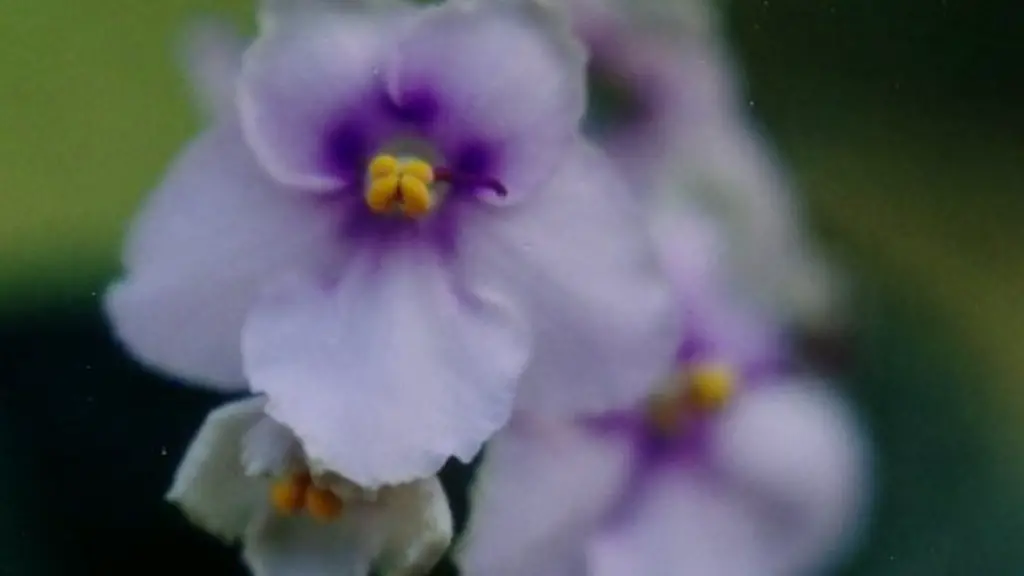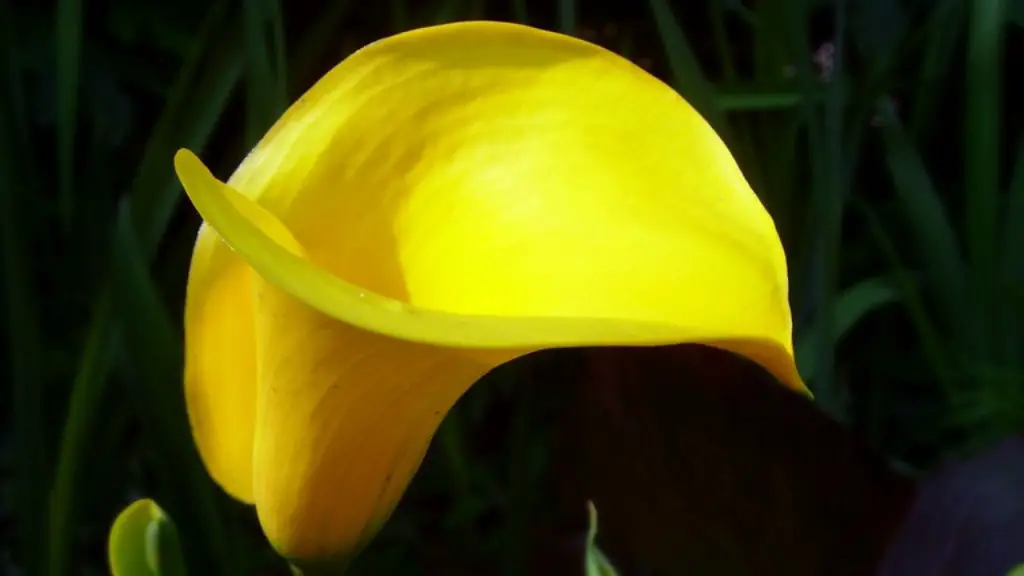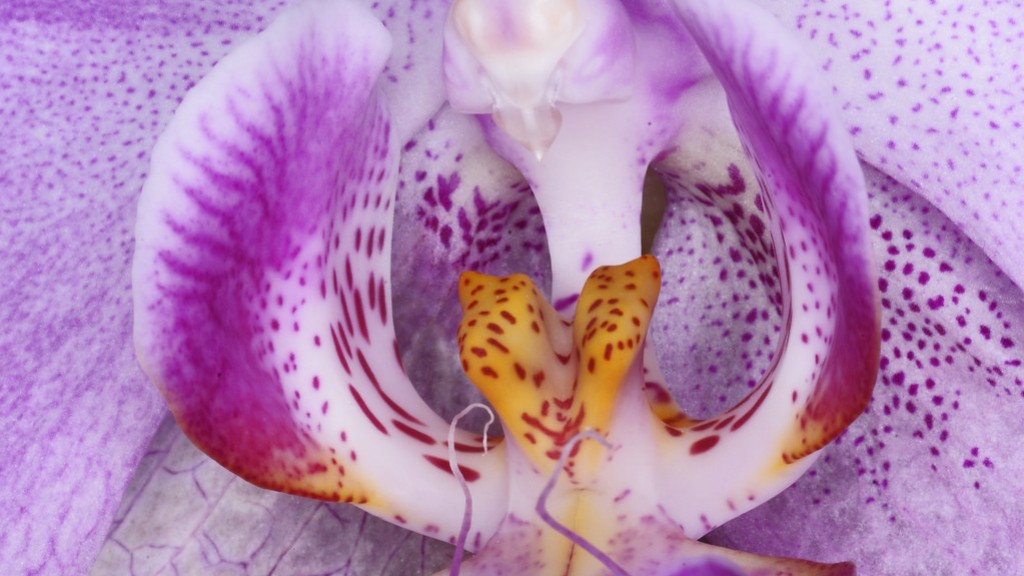Leaves on African violets (Saintpaulia ionantha) naturally curl under when they lack moisture. If the leaves are wilting and yellowing in addition to curling, it’s likely due to too little water.
There are a few reasons why leaves curl on African violets. One reason could be that the plant is not getting enough water. If the soil is too dry, the leaves will start to curl. Another reason could be that the plant is getting too much sun. If the leaves are getting too much direct sunlight, they will start to curl. Another possibility is that the plant is not getting enough nutrients. If the plant is not getting enough nitrogen, phosphorus, or potassium, the leaves will start to curl.
What to do when African violets leaves curl?
If your African violet leaves are curling downward or drooping, it is likely because they are getting too much light. Too much light can burn the leaves, causing them to turn yellow or brown. The solution to this problem is to move your African violet out of intense sunlight.
If your African violet’s leaves are droopy, soft, or mushy, it’s a sure sign that it’s overwatered. Here are some additional signs that can help confirm that overwatering is the source of your plant’s struggles:
– The soil is constantly wet or soggy
– The leaves are yellow or brown
– The plant is wilting
– The stem is soft or mushy
If you suspect your African violet is overwatered, the best course of action is to stop watering it for a few days and allow the soil to dry out. If the plant recovers, then you’ll know you were giving it too much water.
How often should you water African violets
A wicking system is a great way to make sure your African violets are never over watered. All you need to do is water the plant once a week and allow the plant to completely dry between waterings.
It is important to water African violets correctly to avoid crown rot. Do not mist the foliage, as this can cause permanent leaf spotting. Use room-temperature water to avoid shocking the plant. Water the plant at the soil level, being careful not to saturate the crown.
What is the proper way to water African violets?
Watering your plant is important to encourage blooming, but you don’t want to overdo it. Allow the soil around the roots to dry out before watering again. The best way to water your plant is from the bottom, using room temperature water. Place the pot in a bowl or sink of water and let the plant absorb the water for no more than 30 minutes.
African violets are beautiful flowers that add a touch of elegance to any room. They are relatively easy to care for, but there are a few things to keep in mind in order to keep them healthy. African violets need indirect sunlight, so a north- or east- facing window is ideal. Keep plants away from cold glass and rotate the pot once a week so all leaves receive light. Extend daylight by placing African violets under a grow light during winter months. With a little care, your African violets will thrive and bring you enjoyment for many years to come.
Should African violets be watered from the top or bottom?
The roots of the African Violet need aeration, so keeping them moderately moist but never soggy is the key. Watering from the bottom so they can soak the water up, over an hour or so, will help to keep water out of the crown of the plant. African Violets like warmer water, around 70 degrees.
African violets need to be watered when the top of the soil is dry to the touch. They should be allowed to dry out between each watering for best results. Overwatering can kill a plant. The fine roots of an African violet need air, which cannot penetrate a soggy wet soil mass.
Do African violets need bigger pots
When potting African violets, choose a pot that is on the smaller side. African violets do best when they are slightly pot-bound, so a smaller pot is better. If you have a standard African violet plant, your starter pot should be about 3-4 inches in diameter.
African violets are typically indoor plants in North America because their leaves need to stay dry. They should be grown in bright, indirect light for the best color and blooms. An ideal location for them would be a plant stand three feet away from a west- or south-facing window.
Can I water African violets with tap water?
If you are not sure about the quality of your tap water, it is best to err on the side of caution and use filtered or distilled water for your African violets. Chlorine levels can fluctuate depending on the season and in some areas, the water may have high levels of chlorine, chloramines, or dissolved solids. All of these things can adversely affect your African violets, so it is best to use filtered or distilled water if you are not sure about the quality of your tap water.
If you can barely see the shade of your hand over the Violet, then it is getting the correct amount of light. Always give your African Violets plenty of indirect sunlight. Be aware that the duration and intensity of light may vary with the seasons.
How often should I feed African violets
Your African Violet needs fertilizer to stay healthy throughout the year. During the spring and summer, you should fertilize your African Violet once every 14 days. In the fall and winter, you shouldn’t fertilize the plant at all to prevent over-fertilizing.
African violets are one of the most popular houseplants, and they’re relatively easy to care for. One of the most important aspects of care is choosing the right pot material.
Most experts agree that plastic is the best choice for African violets. Plastic pots are lightweight and won’t break if they’re dropped. They’re also inexpensive and widely available in a variety of colors and sizes.
Another advantage of plastic pots is that they don’t dry out as quickly as other materials, such as clay. This is important because African violets are susceptible to drought stress.
If you choose to use a clay pot, make sure it has a drainage hole. Clay pots are more prone to drying out, so you’ll need to water African violets in clay pots more often than those in plastic pots.
Can you spray African violets with soapy water?
If you have an African Violet that is in need of a good cleaning, you can use the spray bottle method to clean the leaves with liquid soap. Fill the bottle with a mild solution of liquid soap and water. Spray a fine mist of soapy solution on the African Violet plant leaves (avoid the center crown). Wipe the leaves down with a soft cloth and then rinse them with clean water.
Coffee grounds are a good source of nutrients for African violets. They are slightly acidic and contain nitrogen, which helps plants grow healthy foliage. Occasionally sprinkling used coffee grounds on top of your African violet potting soil can be good for the plant.
Conclusion
The exact reasons why leaves curl on African violets is unknown, but there are several possible explanations. One possibility is that the curling is a response to too much light, as the leaves curl to protect themselves from sunburn. Another possibility is that the curling is a response to too little water, as the leaves curl in an attempt to conserve water. A third possibility is that the curling is a response to a pest or disease, as the leaves curl in an attempt to ward off the offending substance. Ultimately, the reason why leaves curl on African violets is a mystery, but there are several theories that attempt to explain this phenomenon.
There are a few reasons why leaves curl on African violets. One reason is because of the lack of humidity in the air. Another reason could be because of the type of soil the plant is in. The last reason could be because of a lack of nutrients in the soil.
